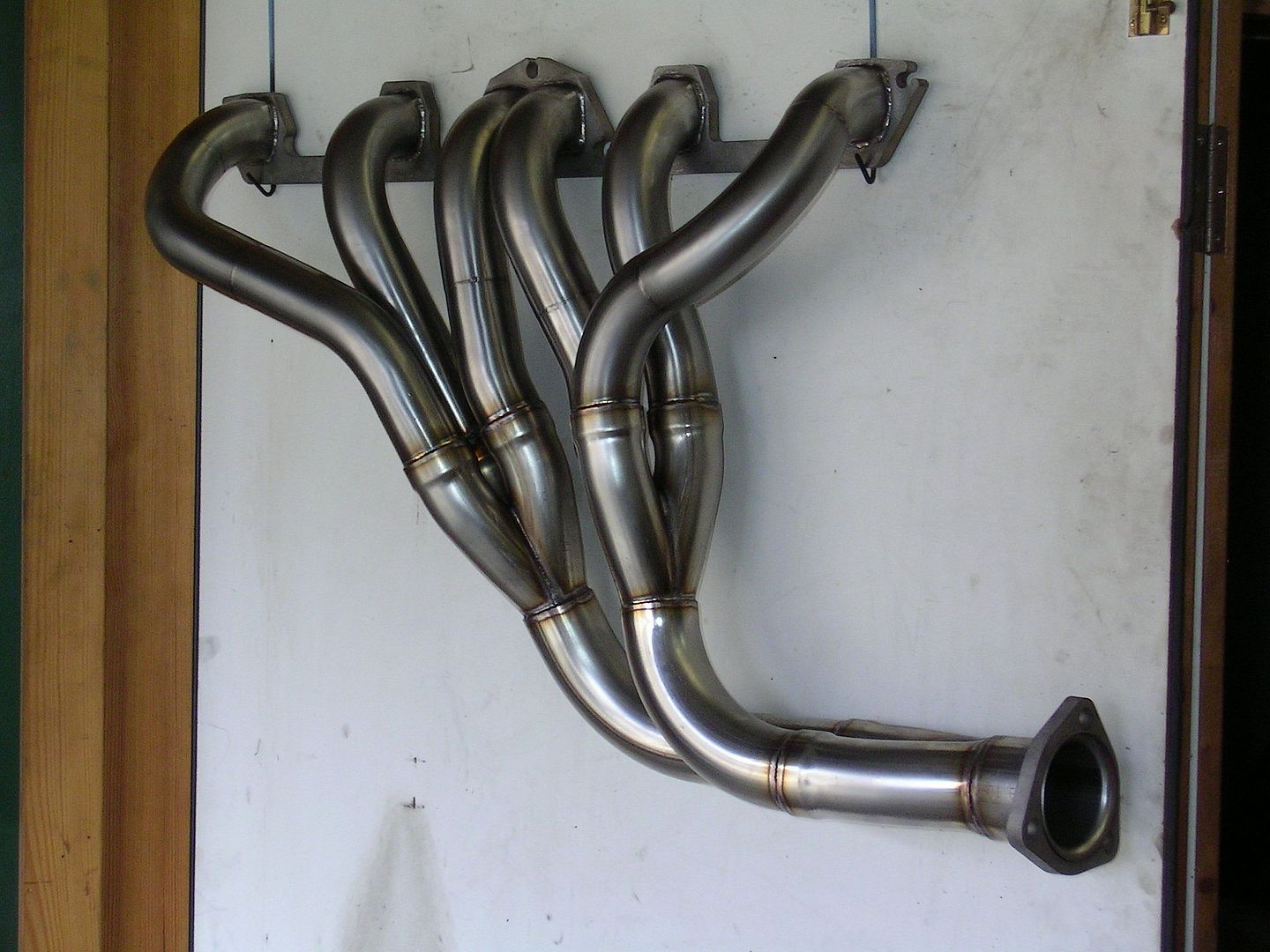Ok, been digging through articles on flat plane v8s and got to thinking... if exhaust scavenging on a flat plane v8 is better than cross plane, is there any way the inline 6 can have it's exhaust done differently for better scavenging? Usually the pattern is 6-2-1, with 1,2,3 joined in one manifold, 4,5,6 in another.
I have seen online many Triumph owners have reported a benefit in 6-3-1 headers, pairing 1to6, 2to5, and 3to4, then merging those 3 pipes to 1. I know that VK Holdens in Australia had this style of exhaust as well. This puts the paired cylinders 360° off of each other, both at TDC at the same time, but opposite points in the 4 stroke process. Is this beneficial in terms of scavenging? Also, would it hurt performance to go 6-3 and run 3 pipes all of the way back to a triangle of tips like an LF-A, compared to 6-3-1?
I think if nothing else it will sound unique.
Another theory, haven't looked into it yet, would be to link odds in one manifold, evens in another, 6-2-1. If the firing pattern is 153624, that would put cylinders firing back to back to back in one manifold, followed by the same thing in the other, kinda like two horses galloping opposite of each other (well, two three legged horses but you know what I mean).
Technically a 6-3-1 can also be done by pairing back to back cylinders in the firing pattern by pairing (1to5, 3to6, and 2to4) or (5to3, 6to2, 4to1), the latter keeping the ports for the pairs a little more evenly spaced. I don't think this would be ideal though.
6-3-1 as proposed, pairing 1to6, 2to5, 3to4
6-2-1 as seen on BMWs and most inline 6s

Burns stainless v12 boat, essentially two 6-3 exhausts tied together.
http://www.burnsstainless.com/V-12ExhaustDesign.aspx
I have seen online many Triumph owners have reported a benefit in 6-3-1 headers, pairing 1to6, 2to5, and 3to4, then merging those 3 pipes to 1. I know that VK Holdens in Australia had this style of exhaust as well. This puts the paired cylinders 360° off of each other, both at TDC at the same time, but opposite points in the 4 stroke process. Is this beneficial in terms of scavenging? Also, would it hurt performance to go 6-3 and run 3 pipes all of the way back to a triangle of tips like an LF-A, compared to 6-3-1?
I think if nothing else it will sound unique.
Another theory, haven't looked into it yet, would be to link odds in one manifold, evens in another, 6-2-1. If the firing pattern is 153624, that would put cylinders firing back to back to back in one manifold, followed by the same thing in the other, kinda like two horses galloping opposite of each other (well, two three legged horses but you know what I mean).
Technically a 6-3-1 can also be done by pairing back to back cylinders in the firing pattern by pairing (1to5, 3to6, and 2to4) or (5to3, 6to2, 4to1), the latter keeping the ports for the pairs a little more evenly spaced. I don't think this would be ideal though.
6-3-1 as proposed, pairing 1to6, 2to5, 3to4

6-2-1 as seen on BMWs and most inline 6s

Burns stainless v12 boat, essentially two 6-3 exhausts tied together.
http://www.burnsstainless.com/V-12ExhaustDesign.aspx


Comment